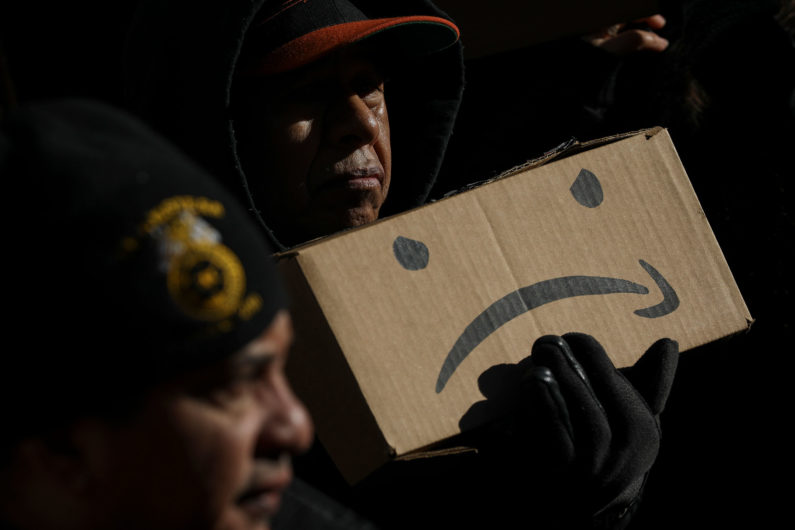
When Amazon entered markets like bookselling or groceries, its competition proved highly disruptive to incumbents. In November 2018, Amazon declared that it had selected northern Virginia as one of two locations for its new second headquarters, and four months later it announced that HQ2 would only proceed in the Virginia site. The Seattle company has grandly entered yet another market, that for science, technology, engineering, and math (STEM) talent in the metro Washington, D.C., area.
There, Amazon’s insatiable hunger for customers will turn into a voracious appetite for up to 50,000 highly paid new employees. One other employer is particularly ill-suited to compete: the federal government, with its centenary history alternating world-changing innovation and unbelievable stodginess, could emerge shriveled and unable to fulfill its mission. Such an outcome could have dramatic consequences for the nation’s security and public services for years to come.
HQ2 has the potential to drain tech talent away from the public sector, leaving federal, state, and local agencies unable to address all of today’s challenges. From protecting critical infrastructure from hostile hackers to providing driver’s licenses and business permits, all the way to managing regulations large and small, we all rely on the work done in the often-drab halls of government.
So, what can we expect in the competition for people between one of the world’s largest bureaucracies and one of the most dynamic companies?

(Photo by Drew Angerer/Getty Images)
Playing catch-up
Today, competition for developers, data scientists, designers, and other skilled roles is intense. As government departments struggle to match the salaries, perks, and professional opportunities that the private sector offers, they cannot hire the in-house staff that they need to develop and run modern websites and applications, perform cutting-edge analytics, and maintain secure systems. Amazon did not create this problem, but it may worsen it.

